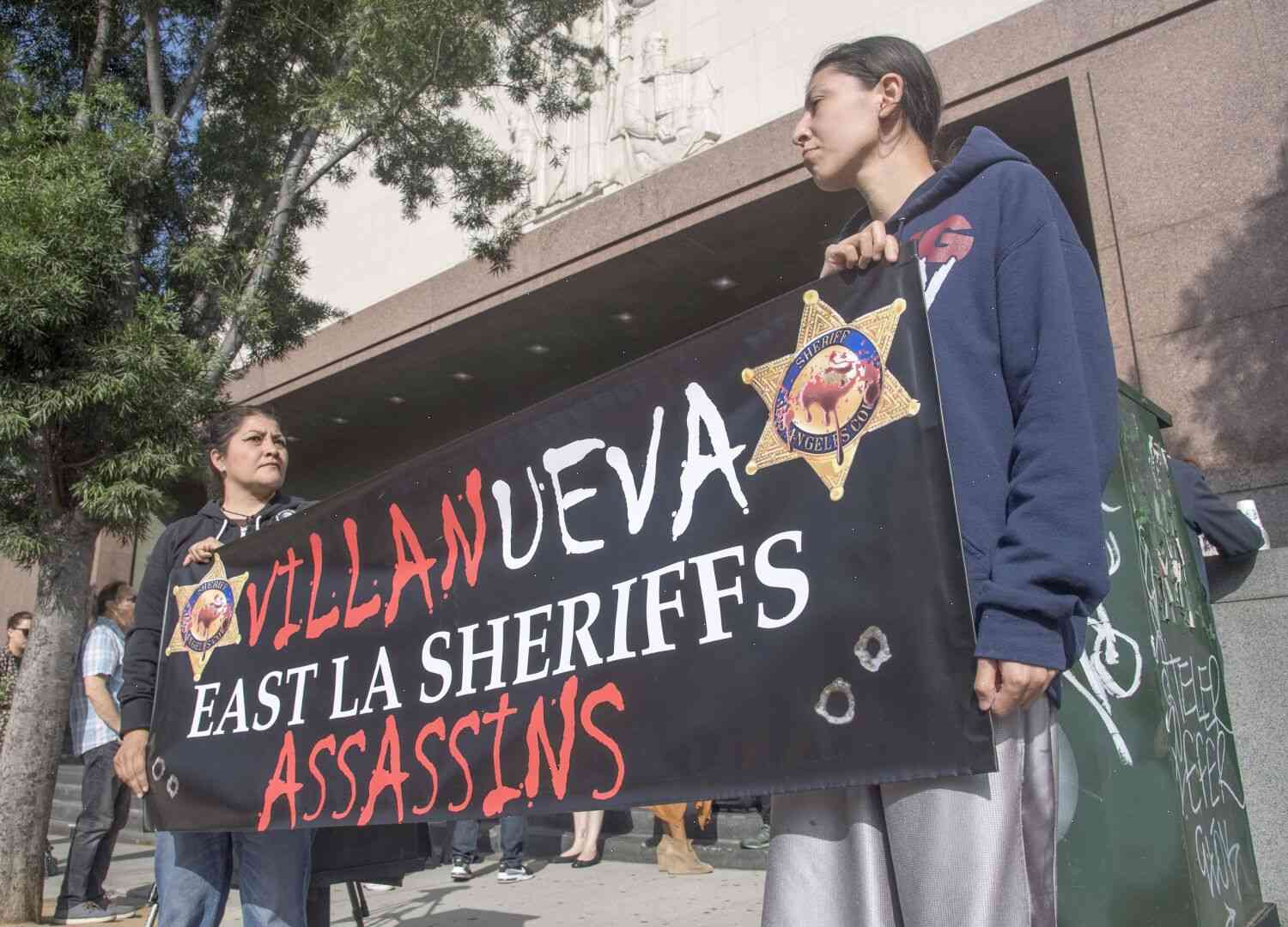Villanueva could do what decades of police reformers could not: Place limits on L.A. County sheriff’s officials while leaving in place an untrained group of deputies who were already abusing citizens.
The U.S. Supreme Court struck down parts of the 1978 federal Voting Rights Act last term, leaving local officials in the lurch. But the next round in this decades-long effort to regulate law enforcement practices on the federal level, and to curb the abuses that can result from a single agency, is not likely to be decided until late next year or early 2019.
In this case, it involves an unusually intense battle between two law enforcement officials in L.A. County. One is Sheriff Jim McDonnell, who is elected by county voters to keep that agency’s budget in line with law enforcement priorities. The other is County Attorney Mike Ramos, an appointed official who has been trying to change the agency for years. Their battle has been complicated by the fact that both share a history with the Justice Department and a long, bitter, sometimes acrimonious relationship with the Los Angeles Police Department.
Ramos and his top deputy, Andrew D. Williams, are trying to end a long-running practice by McDonnell that has been in place almost as long as the county has operated as a single municipality and has no defined boundaries. The practice, known as “sheriff’s rounding,” involves the sheriff’s office sending deputies into the unincorporated areas of Los Angeles County to arrest civilians who have broken laws as minor as minor traffic violations.
Sandy Peltz, 34, had driven home from work to her Sherman Oaks home about 7:30 p.m. May 2. When she got out of her car, a man, whom she later identified as William Davenport, 26, appeared at the driver’s side door. She asked him what he was doing, and he replied, “Just trying to get home,” according to a transcript of her

